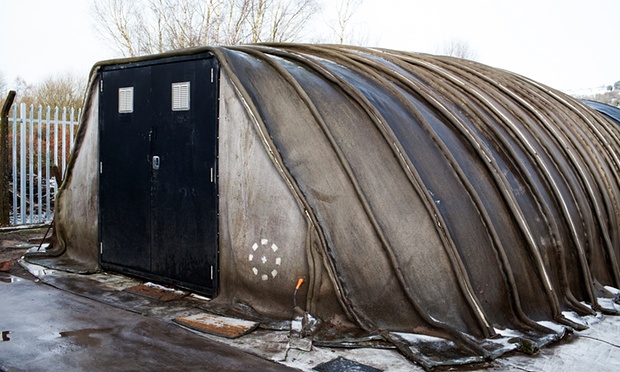Just hours prior to the terrorist bombings in Paris (Friday, Nov. 13, 2015), Tash Reith-Banks published a Nov. 13, 2015 essay (one of a series) in the Guardian about science, technology, engineering, and mathematics (STEM) as those specialties apply to humanitarian aid with a special emphasis on Syrian refugee crisis.
This first essay focuses on how engineering and mathematics are essential when dealing with crises (from Reith-Banks’s Nov. 13, 2015 essay), Note: Links have been removed,
Engineering is a clear starting point: sanitation, shelter and supply lines are all essential in any crisis. As Martin McCann, CEO at RedR, which trains humanitarian NGO workers says: “There is the obvious work in providing water and sanitation and shelter. By shelter, we mean not only shelter or housing for disaster-affected people or refugees, but also structures to store both food and non-food items. Access is always critical, so once again engineers are needed to build roads or in some cases temporary landing strips.”
…
Emergency structures need to be light and fast to transport and erect, but tend not to be durable. One recent development comes from engineers Peter Brewin and Will Crawford of Concrete Canvas., The pair have developed a rapid-setting concrete-impregnated fabric that requires only air and water to harden into a water-proof, fire-resistant construction. This has been used to create rapidly deployable concrete shelters that can be carried in a bag and set up in an hour.
Here’s what one of the concrete shelters looks like,

A Concrete Canvas shelter. Once erected the structure takes 24 hours to harden, and then can be further insulated with earth or snow if necessary. Photograph: Gareth Phillips/Gareth Phillips for the Guardian
There are many kinds of crises which can lead to a loss of shelter, access to water and food, and diminished safety and health as Reith-Banks also notes in a passage featuring mathematics (Note: A link has been removed),
Maths might seem a far cry from the sort of practical innovation described above, but of course it’s the root of great logistics. Alistair Clark from the University of the West of England is using advanced mathematical modelling to improve humanitarian supply chains to ensure aid is sent exactly where it is needed. Part of the Newton Mobility scheme, Clark’s project will partner with Brazilian disaster relief agencies and develop ways of modelling everything from landslides to torrential downpours in order to create sophisticated humanitarian supply chains that can rapidly adapt to a range of possible disaster scenarios and changing circumstances.
In a similar vein, Professor Amr Elnashai, founder and co-editor of the Journal of Earthquake Engineering, works in earthquake-hit areas to plan humanitarian relief for future earthquakes. He recently headed a large research and development effort funded by the Federal Emergency Management Agency in the USA (FEMA), to develop a computer model of the impact of earthquakes on the central eight states in the USA. This included social impact, temporary housing allocation, disaster relief, medical and educational care, as well as engineering damage and its economic impact.
Reith-Banks also references nanotechnology (Note: A link has been removed),
… Up to 115 people die every hour in Africa from diseases linked to contaminated drinking water and poor sanitation, particularly in the wake of conflicts and environmental disasters. Dr Askwar Hilonga recently won the Royal Academy of Engineering Africa Prize, which is dedicated to African inventions with the potential to bring major social and economic benefits to the continent. Hilonga has invented a low cost, sand-based water filter. The filter combines nanotechnology with traditional sand-filtering methods to provide safe drinking water without expensive treatment facilities. …
Dr. Hilonga who is based in Tanzania was featured here in a June 16, 2015 posting about the Royal Academy of Engineering Prize, his research, and his entrepreneurial efforts.
Reith-Banks’s* essay provides a valuable and unexpected perspective on the humanitarian crises which afflict this planet *and I’m looking forward to the rest of the series*.
*’Reith-Banks’s’ replaced ‘This’ and ‘and I’m looking forward to the rest of the series’ was added Nov. 17, 2015 at 1620 hours PST.